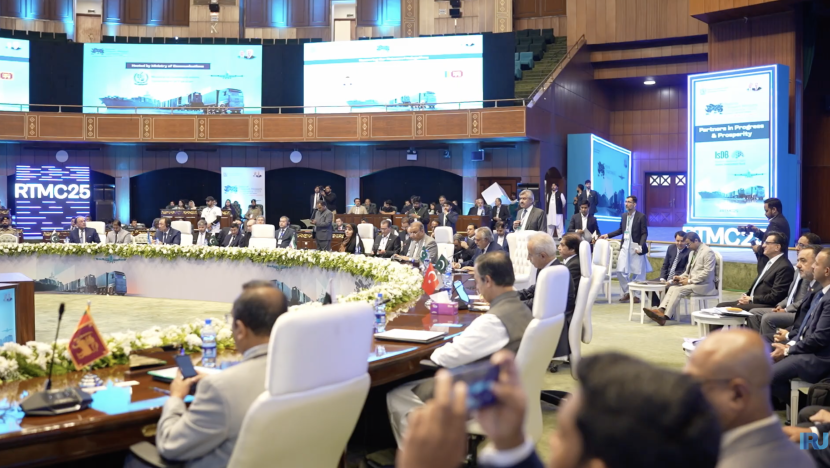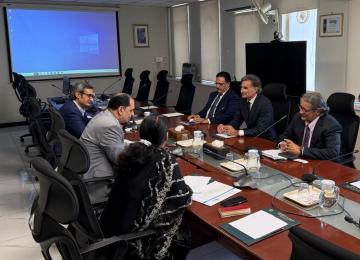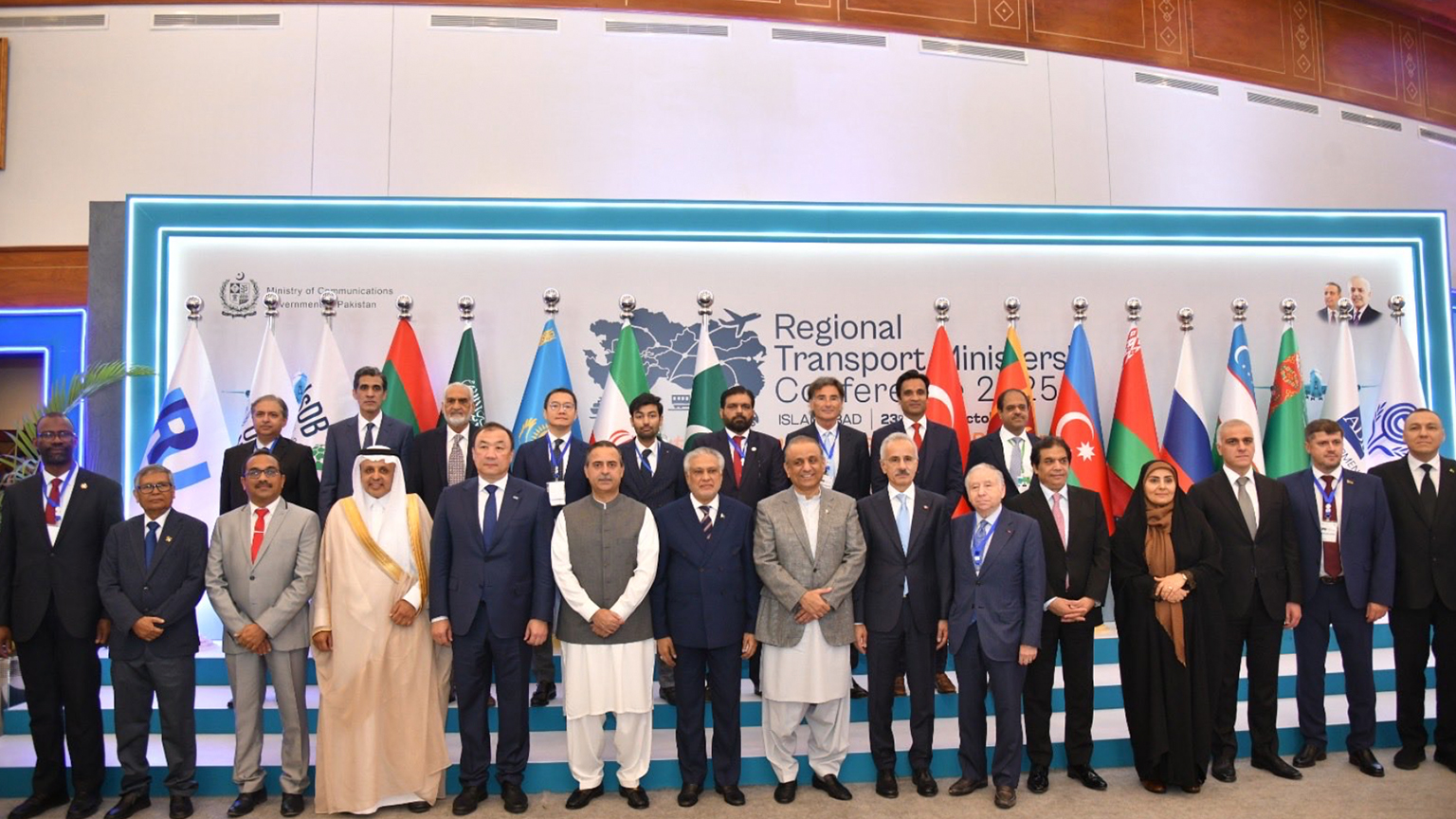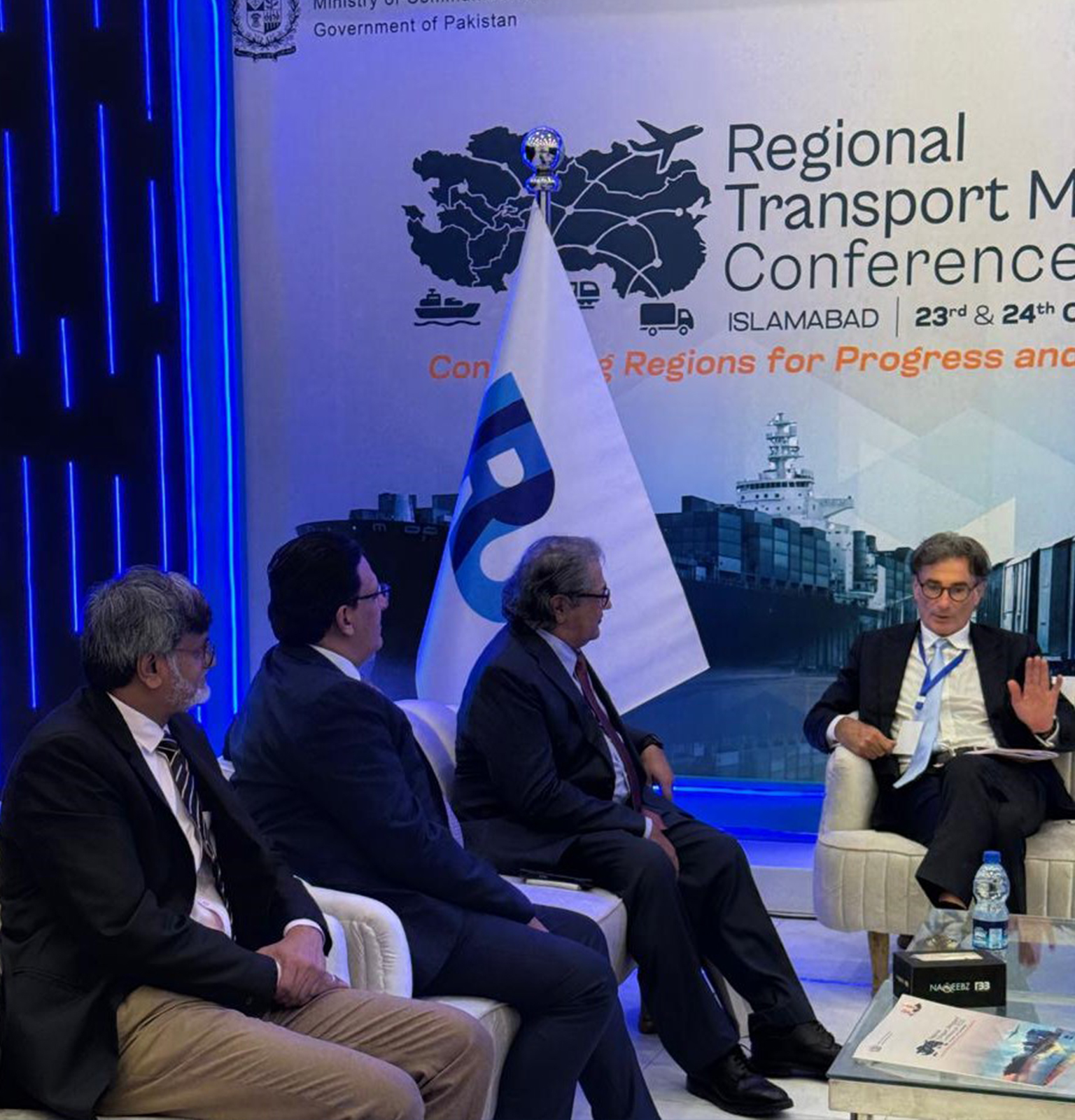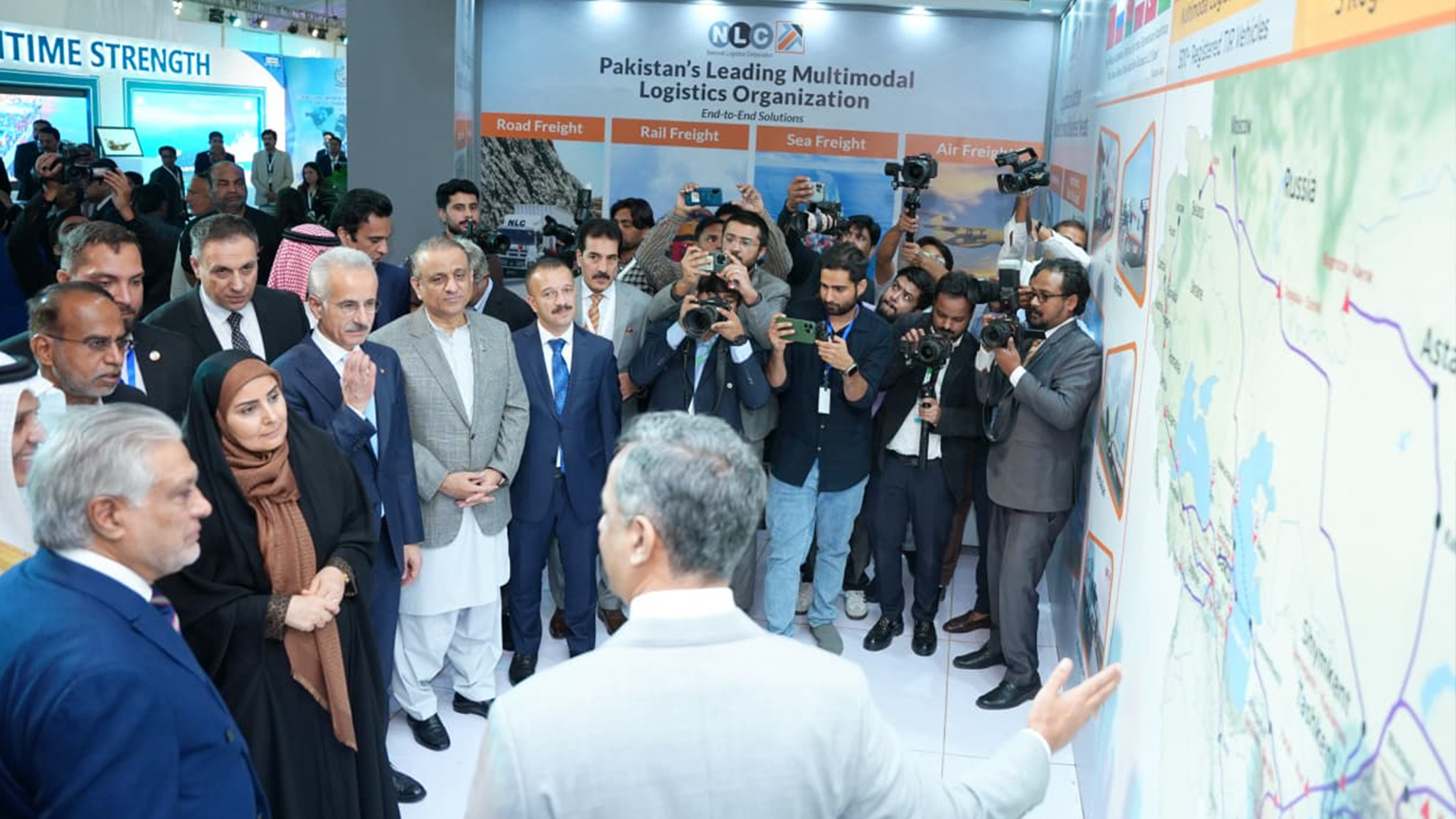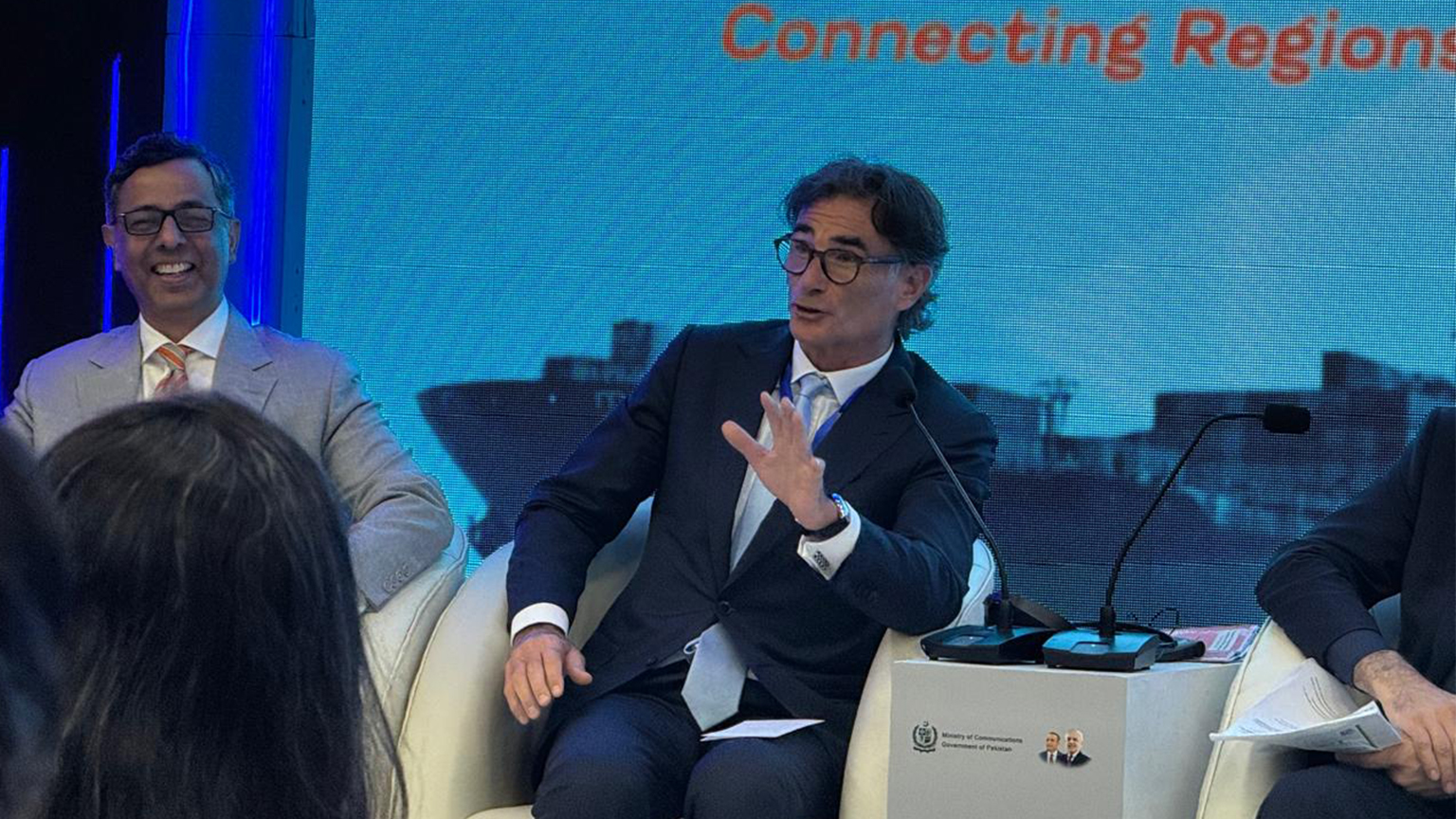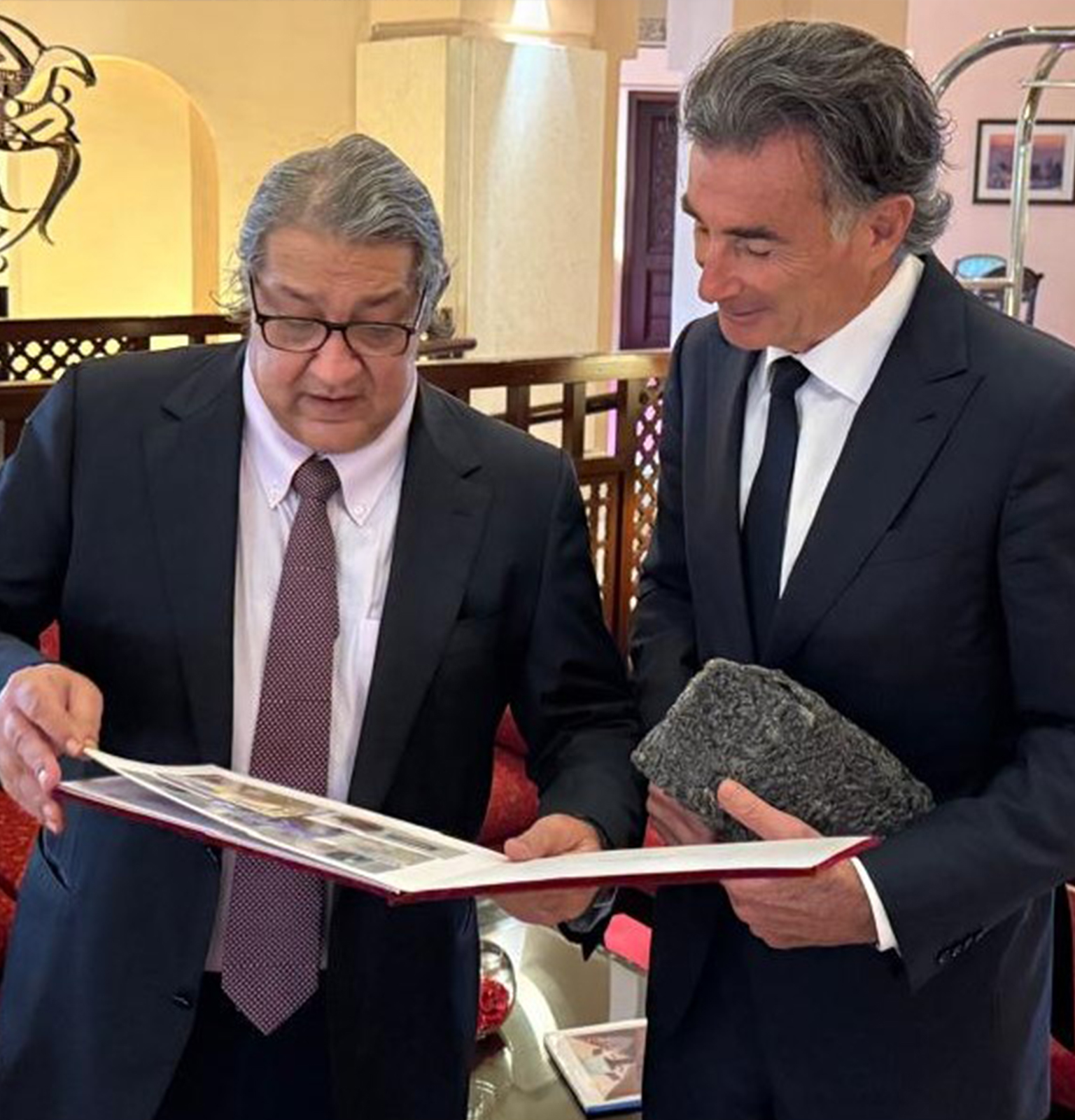With triple-digit growth in TIR usage over the past year, IRU’s Secretary General has outlined key measures for Pakistan and the region to take transport efficiency and security to a new level at the ministerial conference in Islamabad.
Hosted by Pakistan's Ministry of Communications, this week’s Regional Transport Ministers Conference brought together transport ministers, policymakers and development partners from 27 countries.
The high-level discussions focused on strengthening collaboration in logistics, advancing multimodal connectivity, and fostering business and people-to-people linkages across South, Central and West Asia.
The Economic Cooperation Organization region, which includes Pakistan, is now the main beneficiary of the global TIR transit system. It uses over 70% of all TIR carnets issued worldwide.
Pakistan’s TIR usage surged by over 200% last year.
This growth is fuelled by the efficiency provided by the TIR system. For example, IRU member the National Logistics Corporation is now using TIR in ten countries, cutting transport times by up to 80% and costs by up to 50%.
As a result, Pakistan has successfully activated new trade corridors linking South Asia to Central and West Asia, China and the Middle East.
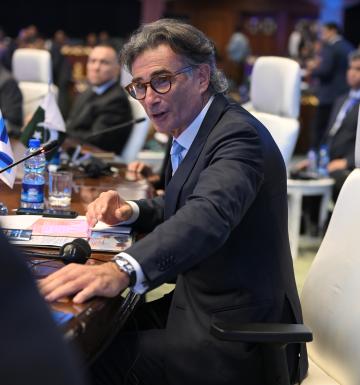
IRU Secretary General Umberto de Pretto said, “Progress in expanding and implementing TIR has been notable. Nevertheless, several obstacles continue to undermine the corridors connecting South Asia to West and Central Asia.
“The road transport industry continues to deal with unnecessary permit and visa complexities, as well as ongoing uncoordinated restrictions imposed at various borders. These hurdles often result in excessive controls, even for secure and compliant transport operations under TIR.
“Addressing these challenges requires dedicated effort, strong political will, and the collective support of all stakeholders. It is essential to implement risk assessment tools that can distinguish between high- and low-risk operations.”
Some of these issues can be overcome by sending advance cargo information via the TIR-EPD app and adopting TIR green lanes or green windows at border crossings. They enable secure TIR trucks to cross borders even more efficiently, facilitating smoother regional trade and connectivity.
Digitalisation is another key measure. In addition to boosting the efficiency and security of trade, it increases transparency.
“Existing digital tools, such as those of the TIR system, have already demonstrated their ability to harmonise procedures and raise both efficiency and security,” said Umberto de Pretto.
Another important development in digitalisation is the adoption of e-CMR, the global standard for paperless consignment notes that reduce paperwork and further facilitate transport and trade.
“I strongly encourage countries that have not yet joined e-CMR to do so,” said Umberto de Pretto.

